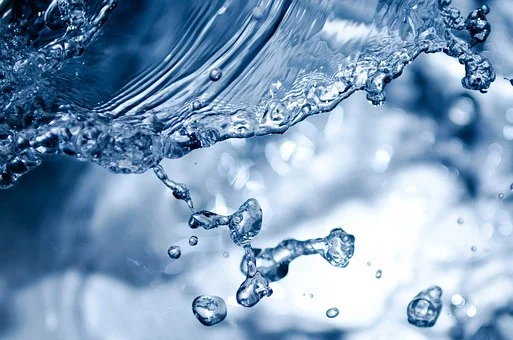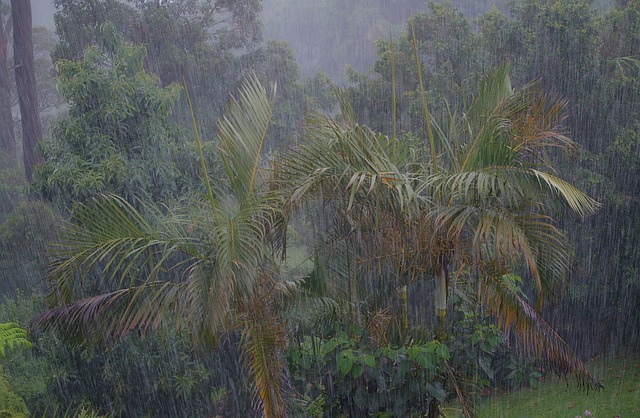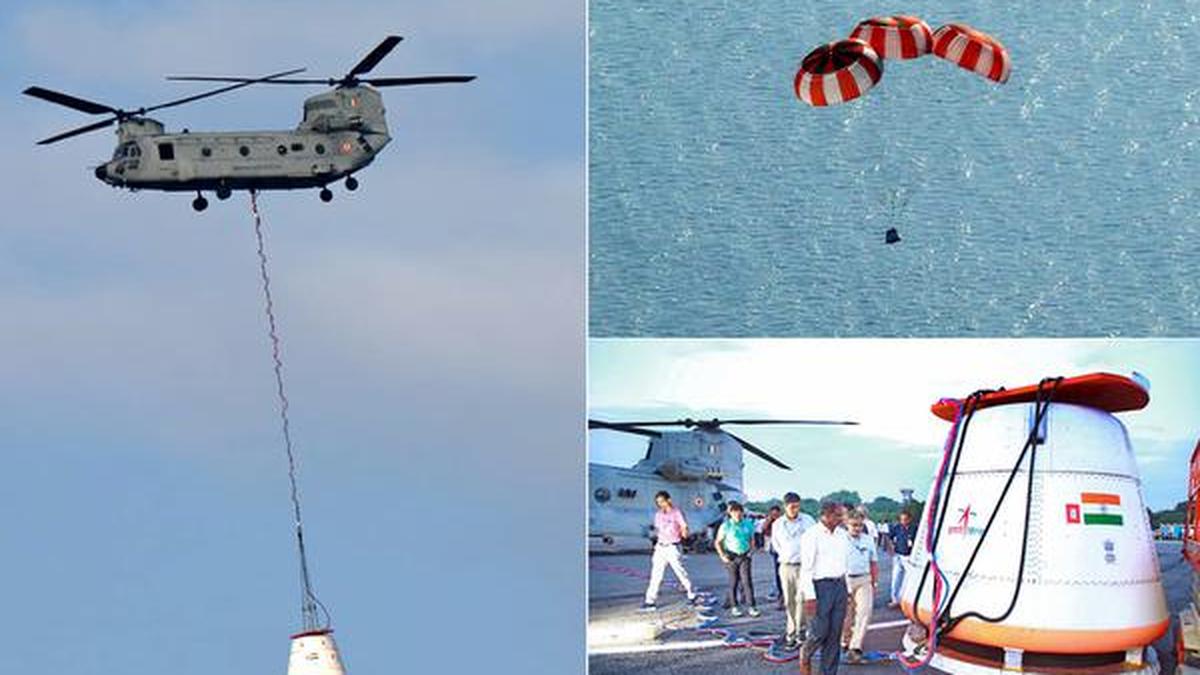In News
The complexity and scale of the water crisis in India calls for a locus specific response, that can galvanise and integrate the ongoing work of different Ministries and Departments through new configurations.
Water Crisis
- 80%-90% of the drinking water and 75% of the water used for agriculture is drawn from groundwater sources.
- The draft report of the Central Ground Water Board concluded that Punjab would be reduced to a desert in 25 years if the extraction of its groundwater resources continues unabated;
- 82% of Punjab’s land area has seen a huge decline in groundwater levels, wherein 109 out of 138 administrative blocks have been placed in the ‘over exploited’ category.
- Groundwater extraction which was at 35% in the 1960s and 1970s, rose to 70% post the Green Revolution — a period which saw governments subsidising power for irrigation that left tubewells running for hours.
- Cultivation of water intensive crops such as paddy have further aggravated water depletion, even turning water saline.
- In urban areas, 50%-60% of the water supply is drawn from groundwater sources, whereas the remaining is sourced from surface water resources such as rivers, often located afar, in addition to lakes, tanks and reservoirs.
- According to the composite water management index released by the think tank NITI Aayog in 2019, 21 major cities (including Delhi, Bengaluru, Chennai, Hyderabad) were on the brink of exhausting groundwater resources, affecting about 100 million people.
Measures needed to revive water sources
- The Ministry of Water Resources must reconfigure its relationship with other Ministries and Departments.
- Effective Land zoning regulations: enhanced integration and coordination through effective land and water zoning regulations that protect urban water bodies, groundwater sources, wetlands and green cover while simultaneously working to enhance waste water recycling and water recharge activities targeting aquifers and wells through rainwater harvesting.
- Measures to manage and replenish groundwater: especially through participatory groundwater management approaches with its combination of water budgeting, aquifer recharging and community involvement.
- Interact and draw from the expertise of fields such as hydrology (watershed sustainability), hydrogeology (aquifer mapping and recharge) and agriculture sciences (water-sensitive crop choices and soil health).
- Surface water conservation including the many rivers and lakes which are in a critical and dying state due to encroachment, pollution, over-abstraction and obstruction of water flow by dams.
Conclusion:
The Ministry of Jal Shakti, last year, had announced an ambitious plan to provide water connections to every household in India by 2024. In view of the ongoing erosion of water resources and an ever-increasing demand for water. Along with this the aim should be towards protecting and conserving water resources on the one hand and minimising and enhancing efficiency of water usage on the other.





